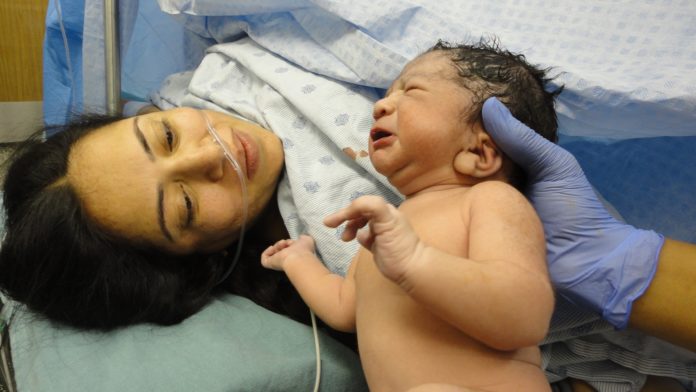
Study in The Lancet says preventive antibiotics after assisted child birth using forceps or vacuum extraction can halve maternal infections
A single dose of preventive medication after assisted childbirth could halve maternal infections.
The first randomised trial of its kind in the UK involving 3,420 women from 27 obstetric units, published in The Lancet, also found that for every additional 100 doses of antibiotic given prophylactically, 168 doses could be avoided due to fewer postdelivery infections–meaning that a policy of universal prophylaxis after birth could help to reduce antibiotic use by 17%. Assisted childbirth meant all births involving forceps or vacuum extraction.
Infection rates after assisted vaginal birth without antibiotic prophylaxis are around 16% worldwide, and up to 25% after caesarean section. In 2016, an estimated 19,500 women died because of pregnancy-related infections globally. Even in high-income settings, infections account for 1 in 20 maternal deaths, and as many as 1 in 8 in the USA. For every woman who dies from pregnancy-related infection, another 70 women develop a severe infection and survive often with long-term health consequences.
“These findings highlight the urgent need to change current WHO antibiotic guidelines and other guidance from organisations in the UK, North America, and Australasia, that do not recommend routine antibiotic prophylaxis for assisted childbirth”
“These findings highlight the urgent need to change current WHO antibiotic guidelines and other guidance from organisations in the UK, North America, and Australasia, that do not recommend routine antibiotic prophylaxis for assisted childbirth,” says Professor Marian Knight from the University of Oxford, UK, who led the research.
A recent Cochrane review of 95 trials showed that giving antibiotics before caesarean section reduced wound infection, endometritis, and serious maternal infection by 60-70%. The use of antibiotics during caesarean section is widely recommended. In contrast, evidence on the use of prophylactic antibiotics in assisted vaginal birth is limited to a small trial of 393 women.
“With increasing recognition of the need to reduce unnecessary caesarean births, the incentive to minimise the harms associated with other types of assisted delivery are even greater,” says Professor Knight. “This simple intervention could also be used to prevent maternal infections in low- and middle-income countries in which intravenous antibiotics are available.”
Commenting on the implications of the findings in a linked Comment, Dr Vincenzo Berghella from Thomas Jefferson University, USA, says the ANODE study is “practice changing” and writes: “Even if one conservatively estimates 2% of babies are born by operative vaginal delivery globally, about 2,700,000 of the world’s 135 million annual births are operative vaginal deliveries. Up to 16% of these births can be associated with infection without antibiotics prophylaxis, representing about 432,000 annual infections associated with operative vaginal delivery worldwide…Clinical guidelines should be updated to reflect the new recommendation of giving a single dose of intravenous amoxicillin and clavulanic acid within 6 h after operative vaginal delivery, in particular to women who also have an episiotomy.”













